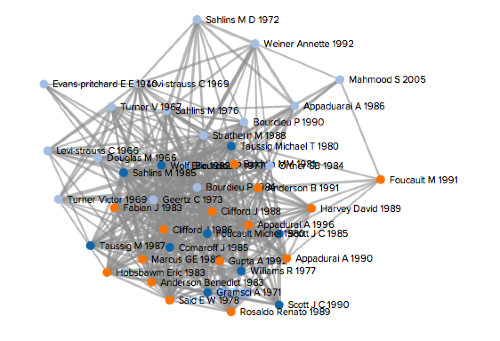This post is part of a series on the history of computing in sociocultural anthropology.
The introduction of portable personal computers significantly broadened the scope of computing in anthropology. Where centralized mainframe computing had lent itself to large calculative tasks and team research projects, PCs fit more readily into the classic model of the lone fieldworker working primarily with textual material. Through the 1980s, computers achieved a certain ordinariness in anthropological work — the use of a computer for data collection or analysis was not limited to a vanguard group seeking to redefine anthropology, but was rather becoming a typical fact of university life (and, increasingly, life outside the university as well). This ordinariness set the stage for the explosion of social scientific interest in computers that was to come with the introduction of the world wide web and its attendant mediated socialities.
